Home Care Instructions
Quality Dental Care
dentist charlotte, nc
AnushA Chintala, DMD
Paul Plascyk, D.D.S.
The following steps are recommended to
properly clean your teeth each day.
(Each procedure is described in more detail further down the page.)
1) Brush at least twice each day with an Oral-B Professional Care Toothbrush (model 1000 or higher) with a Sensitive Head.
2) Use a low abrasion tooth paste with a remineralization compound (fluoride or hydroxyapatite) to repair the teeth.
3) Floss once per day.
Note: Irrigation (water pick) does not replace flossing.
Detailed Home Care Instructions
Brushing:
Use the Oral-B Pro 1000 Rechargeable Electric Toothbrush with the Sensitive Gum Care Replacement Brush Head.
Oral-B has tooth brushes with all kinds of bells and whistles. There is no need to spend the extra money for them. All you need is a Pro 1000 Rechargeable Electric Toothbrush. This will have all the features you need.

Oral-B Pro 1000 Rechargeable Electric Toothbrush

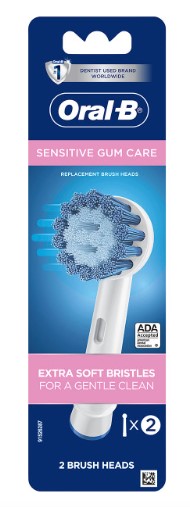
Oral-B Sensitive Gum Care Replacement Brush Head.
The following video shows how to brush with a Braun Oral-B powered toothbrush:
Also remember to replace your brush head before the bristles become to worn.
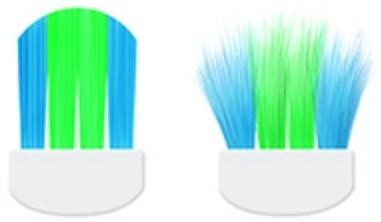
Good Replace
Two harmful effects of incorrect tooth brushing:
1) Toothbrush recession
2) Toothpaste abrasion
1) Toothbrush recession:
Gum recession occurs when the gum tissue on the neck of the tooth "shrinks" away from the crown of the tooth and exposes the root.
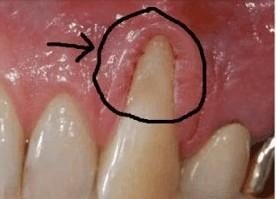
gum recession
Gum recession is caused by the type of toothbrush bristle used. A bristle that does not cause recession must:
1) be thin (commonly referred to as "soft")
2) have rounded and polished tips (most soft bristles do not have this)
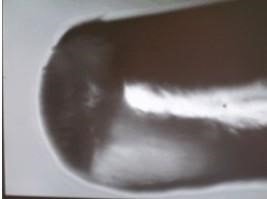
Microscopic view of a rounded and polished bristle tip.

Microscopic view of non-rounded unpolished bristle tip.
The Oral-B Sensitive Gum Care Replacement Brush Head has rounded and polished bristle tips.
2) Toothpaste abrasion:
Abrasion is caused by the overly abrasive particles in toothpaste.
The next video (below) discusses tooth paste abrasion and the enamel pellicle (also known as the dental pellicle, the acquired pellicle or just pellicle). As the video explains, you do not want to remove the pellicle when you brush our teeth. Highly abrasive toothpaste remove the pellicle which makes the tooth prone to abrasion (wear) and sensitivity.
What is the Dental Pellicle?
The pellicle is a layer of adsorbed salivary proteins and other macromolecules on the dental enamel surface approximately 10 micrometers thick.
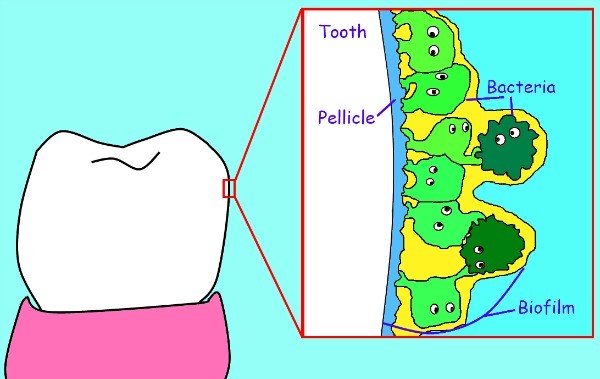
When you brush (with low abrasive toothpaste) and floss, only the plaque (biofilm or bacteria) is removed. The pellicle remains on the tooth (this is what you want).
The following video explains more about the enamel pellicle and toothpaste abrasion:
The following pictures show excessive wear (abrasion) of teeth caused by overly abrasive tooth paste.
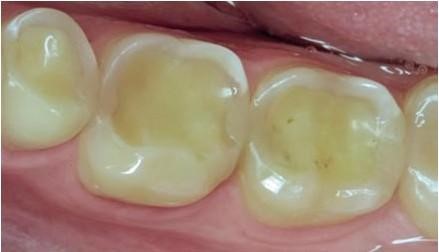
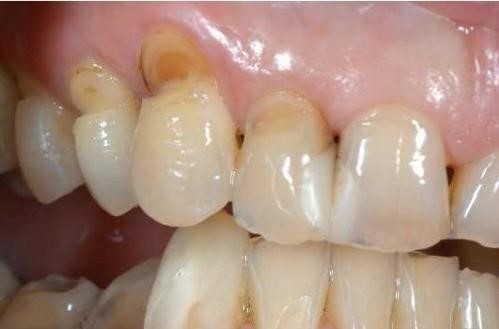
The following video shoes proper flossing technique:
I highly recommend the Reach or Listerine floss stick because it makes flossing so much easier! The video below shows how to use a bite technique for easily getting the floss between the teeth. However, he is flossing way too fast and not taking the time to adequately clean the surfaces of the teeth.
Flossing around a bridge:
The following videos show how to floss around a bridge: